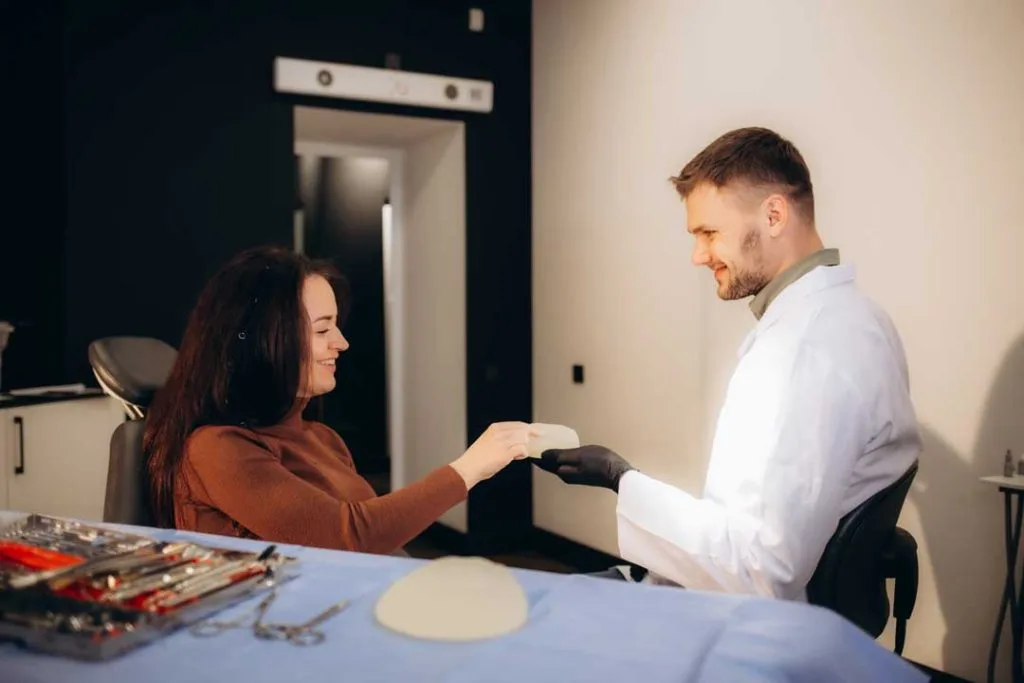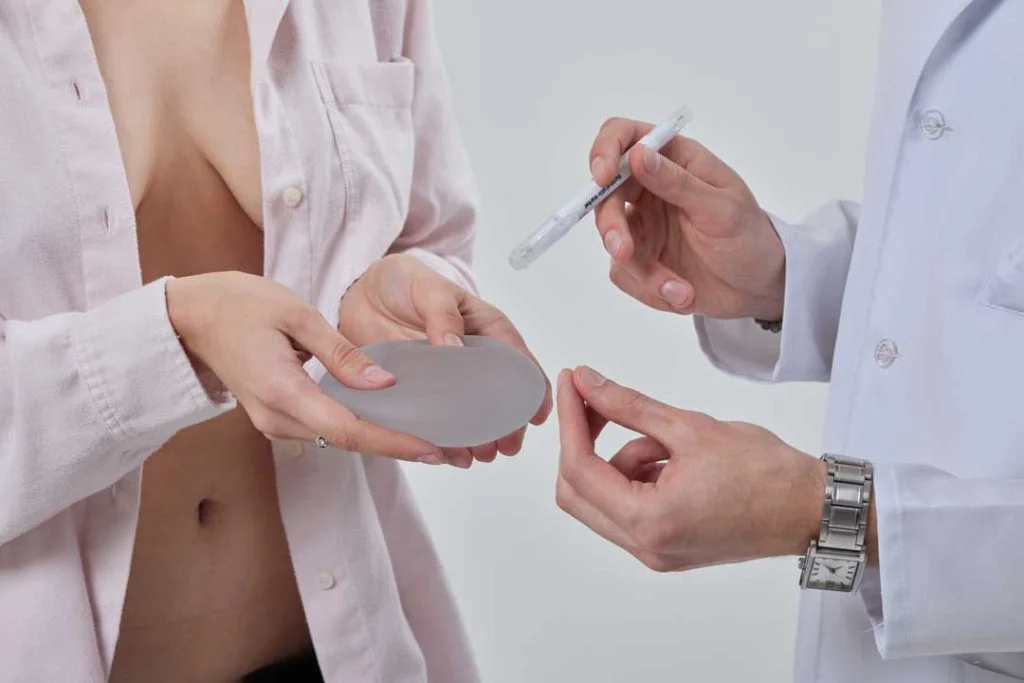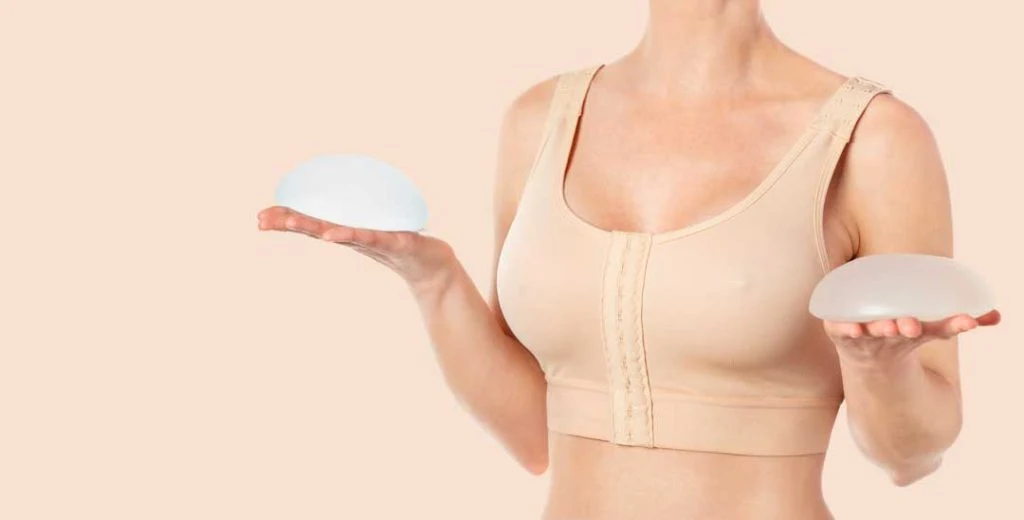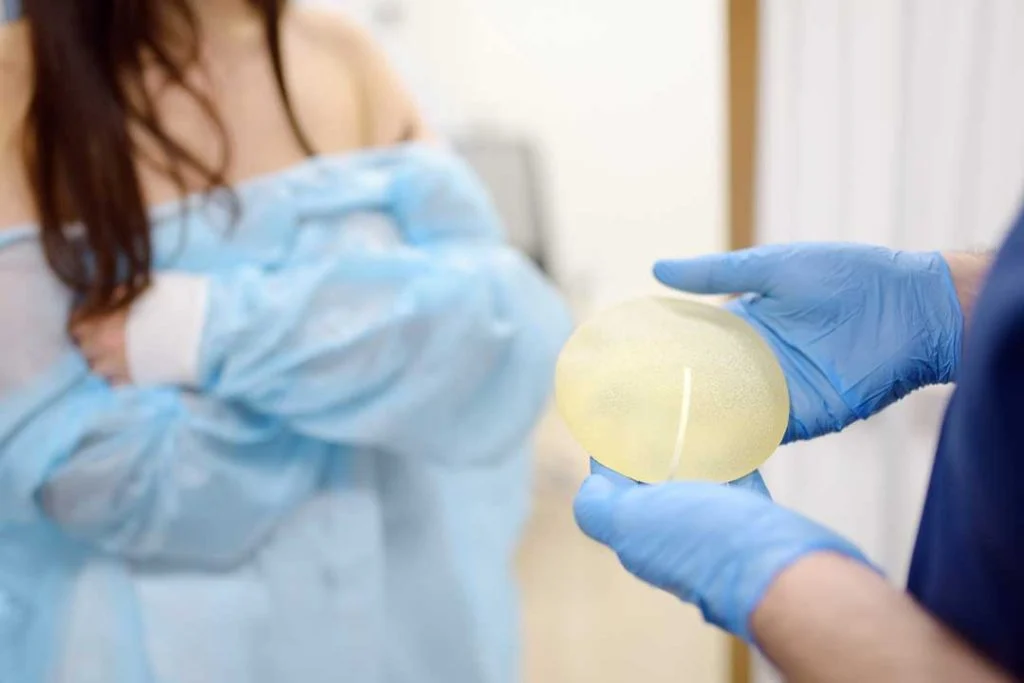Considering a boob job in Philadelphia? From boosting confidence to restoring volume, breast augmentation offers life-changing results—when done right.

Whether you are looking to restore volume after pregnancy, correct asymmetry, or simply enhance your natural appearance, breast augmentation offers various options to help you achieve your goals.
Breast Augmentation in Philadelphia: What to Know Before You Book
Keep reading to learn more about the different types of breast augmentation, what to expect during the procedure, and how to find the right surgeon in Philadelphia for your needs.
What Is Breast Augmentation?
Breast augmentation is a cosmetic surgery that enhances breast size, shape, and fullness. Many people call it a “boob job.” It can use either breast implants or fat transfer to achieve the desired look.
Silicone implants and saline implants are the most common options. Silicone breast implants feel natural and suit many patients. Saline-filled implants are another choice, approved for those 18 years or older by the FDA.
This procedure addresses concerns like small breasts, uneven sizes, or post-pregnancy changes. Women may also pursue it after mastectomy due to breast cancer. Breast augmentation surgery usually takes about 1.5 hours under general anesthesia.
Though quite safe today, risks include implant rupture or capsular contracture (scar tissue tightening around an implant). Always consult a board-certified plastic surgeon for personalized advice!
Types of Breast Augmentation Procedures
There are different ways to enhance breast shape and size. Options include using implants or your body’s own fat.
Breast Implants
Breast implants are a popular choice for breast augmentation. They come in two FDA-approved types: saline-filled and silicone-filled. Saline implants contain sterile salt water and are approved for women aged 18 or older. Silicone implants have a gel-like filling and require you to be at least 22 years old.

Gummy bear implants are made with cohesive silicone gel and feel natural. These last long, resist ruptures and maintain their shape better than others.
Customization options allow adjustments to implant size, profile, fullness levels, and firmness—adjusted to fit your desired result!
Natural Breast Augmentation With Fat Transfer
Fat transfer breast augmentation uses your own fat for subtle changes. Doctors take fat from areas like the tummy or thighs using liposuction. They then inject it into the breasts to increase size and fullness. This method adds about one cup size, ideal for those wanting a natural look.
This technique works well for correcting mild breast asymmetry or improving breast shape after pregnancy. There are no implants involved, so risks like implant rupture or capsular contracture don’t apply. It also provides two benefits in one—body contouring from liposuction and enhanced breast volume.
Are You a Good Candidate for Breast Augmentation?
Good candidates are healthy and have clear goals for their breast enhancement. Your lifestyle, body type, and future plans can play a big role in the decision.

Physical Health and Lifestyle Factors
Being in good health is key before breast augmentation surgery. Ideal candidates have no major medical problems and are nonsmokers. Smoking increases risks during plastic surgery and slows healing. Staying close to your ideal weight also helps achieve better results.
Daily habits matter too. A healthy diet, regular exercise, and staying hydrated support recovery after cosmetic procedures like breast implant surgery or fat transfer breast augmentation.
These factors improve skin elasticity, which may impact the final look of your breast shape or size. Your health impacts both your safety and results, say board-certified plastic surgeons in Philadelphia, PA.
Pregnancy and Breastfeeding Plans
Pregnancy can change breast shape and size. Many women notice post-pregnancy breast sagging or loss of fullness. If planning to get pregnant, it’s best to wait for surgery until after having children.
Breastfeeding may also affect results. Breast implants don’t stop milk production, but changes in breast tissue might impact appearance over time. Natural breast augmentation with fat transfer could be a gentler option for some moms.
What to Expect During the Procedure
The process starts with careful planning and small steps to prepare you. During the procedure, your surgeon works to reshape or enhance your breasts for the desired results.

Pre-Operative Preparations
Getting ready for breast augmentation is key. Careful planning helps with smooth surgery and recovery.
- Stock up on your medicines before surgery. Painkillers and antibiotics may be required.
- Cook meals ahead of time or arrange easy food options. This saves time during recovery.
- Make a rest area at home. Add pillows, blankets, snacks, and anything else you might need.
- Plan for someone to help you for at least 48 hours post-surgery. You may need support to move around or do daily tasks.
- Schedule pre-surgery tests like a mammogram if suggested by your doctor. These ensure your health is good for the procedure.
- Avoid smoking several weeks before surgery as it slows healing and impacts results.
- Discuss your medication list with your surgeon to stop certain drugs that could raise risks during surgery.
Surgery Process
The surgery process is an essential step in breast augmentation. It usually lasts about 1.5 hours and involves several key steps.
- The patient receives anesthesia to ensure comfort during the procedure. This can be general anesthesia or sedation, depending on the doctor’s advice.
- A board-certified plastic surgeon makes an incision for implant placement. Common options include under the arm (transaxillary incision), under the breast (inframammary incision), or around the nipple area (periareolar incision).
- The surgeon creates a pocket in the breast tissue. This pocket holds the implant securely. It may be placed either under or over the chest muscle, depending on what’s best for you.
- Your chosen implant, such as saline implants, silicone implants, or gummy bear implants, is inserted into this pocket. For natural breast augmentation with fat transfer, fat from another part of your body is processed and injected into your breasts instead.
- After placing the implant or fat grafting material safely, surgeons close incisions with sutures or medical adhesive to promote healing.
- Bandages are applied to reduce swelling and protect incisions. In some cases, small drainage tubes might be used temporarily to prevent fluid buildup.
Recovery Timeline
Healing after breast augmentation surgery takes time. Follow your surgeon’s instructions to recover safely and quickly.
- Wear a compression bandage or surgical bra right after surgery to help reduce swelling and support the breasts.
- Avoid lifting heavy objects or doing strenuous activities for 2-4 weeks to protect the healing tissues.
- Expect to see immediate results, though swelling may last for several weeks. Breasts will settle into their final shape over time.
- Gradually return to light, regular activities within a few days as you feel comfortable moving around.
- Take prescribed pain medications if needed during the first week to manage any discomfort post-surgery.
The next step is understanding the risks and considerations of breast augmentation in Philadelphia, PA.
Risks and Considerations
Breast augmentation carries risks, like all surgeries. Common issues include infections and scarring. Some patients experience breast pain or changes in nipple sensation. Capsular contracture is also a concern.
This happens when scar tissue tightens around the implant, causing discomfort or distortion of breast shape. Implants can leak or rupture over time as well, requiring further surgery to fix them.

Textured implants are linked to BIA-ALCL, a rare type of lymphoma. Though uncommon, it’s important to know about this risk if considering textured options. Breast implants may also make detecting early-stage breast cancer harder during screenings.
Regular follow-ups with your doctor help monitor implant health and prevent bigger problems later on—especially after several years post-surgery!
Cost of Breast Augmentation in Philadelphia
Costs for breast augmentation in Philadelphia range from $9,500 to $10,500. This includes surgeon fees, operating room costs, and anesthesia. The price may change based on your personal goals or extra procedures like a breast lift or fat transfer.
Many clinics offer payment options. You can pay with cash, checks, credit cards, or CareCredit plans. Exact pricing is discussed during a free consultation to meet your needs and budget.
Considering Breast Implants in Philadelphia? Here’s Your Full Guide
Breast augmentation can boost confidence and change how you feel about your body. Whether you want implants or a natural fat transfer, options are available to suit your needs. Make sure to choose a skilled, board-certified plastic surgeon in Philadelphia for the best results.
Take time to understand the process, costs, and risks before deciding. Your comfort and safety should always come first!

Jessi is the creative mind behind The Coffee Mom, a popular blog that combines parenting advice, travel tips, and a love for all things Disney. As a trusted Disney influencer and passionate storyteller, Jessi’s authentic insights and relatable content resonate with readers worldwide.
